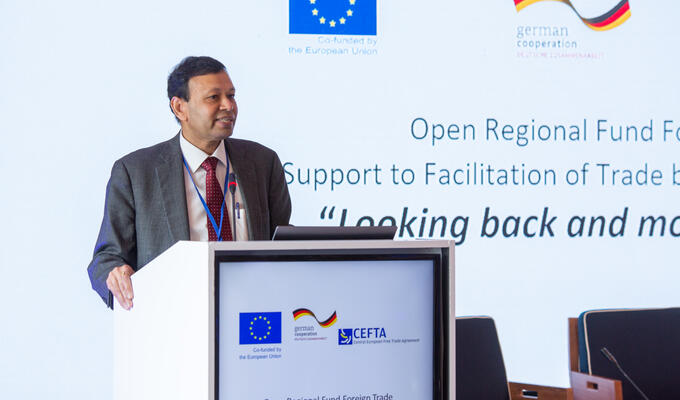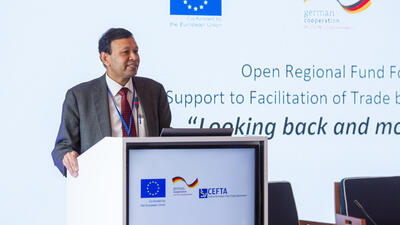

Root cause analysis addresses non-tariff measures in Central Europe
ITC case study on the Central European Free Trade Agreement highlights barriers to international trade flows
Governments often apply non-tariff measures (NTMs) in international trade to achieve various policy objectives, such as protecting human health and safety, ensuring plant and animal health, as well as addressing environmental concerns. Often, however, NTMs become barriers to trade (referred to as non-tariff barriers) by being discriminatory, deliberately protectionist or retaliatory in nature. These barriers impact trade flows and impose significant costs on all economic operators involved in international trade.
Non-tariff measures must be understood in the local context, considering country-specific strategies on trade objectives. Frequently, there is a mismatch between legitimate government policy objectives and the distortive measures in place to meet those objectives. The process of identification and subsequent elimination of distortive trade barriers requires open dialogue between the public and private sectors to find a balance between a government’s rationale and the compliance costs for business.
Addressing non-tariff barriers
Intra-regional trade between parties of the Central European Free Trade Agreement (CEFTA) was plagued by trade barriers in the form of tedious, lengthy, and complex trade procedures and documentation, which made trade in the regions covered by CEFTA even more time consuming and expensive than trading with European Union (EU) Member States. This was highlighted in a recent International Trade Centre project implemented by the International Trade Centre (ITC), in partnership with GIZ.
CEFTA parties function as independent administrative units that strive to become members of the EU and are aligning their policies and procedures with EU Acquis. But this process was not harmonized. Unsynchronised adoption of the EU Acquis among the CEFTA parties generated additional barriers to trade among them. Eliminating non-tariff barriers thereby served a dual purpose: enhancing intra-regional trade within the CEFTA region next to deepening regional integration by speeding up the process of alignment with the EU-Acquis.
To identify the most distortive trade obstacles, ITC mobilized the private sector representing all segments of vegetables, iron and steel value chains. ITC identified two broad categories of trade facilitation issues:
- Long queues at the borders due to slow clearance procedures: lack of information on export and import procedures, burdensome documentary requirements, lack of harmonization of rules and procedures.
- Quality infrastructure/sanitary and phytosanitary standards (SPS): lack of mutual recognition of certificates, double testing, low capacity of laboratories, among others.
Applying a layered approach to know root causes of non-tariff barriers
Analysing the root causes for these issues required a layered approach: ITC started with looking at the gaps in standards, technical regulations, conformity assessment procedures, SPS measures and the supporting institutional frameworks for the two sectors in each CEFTA party; and then compared them with EU and WTO requirements.
The studies acknowledged the infrastructure challenges in the region, such as limited road lanes at border crossing points, and identified certain causes for trade barriers resulting from the design and execution of the business processes. These included increase in time and transaction costs due to large numbers of agencies involved, under-using electronic systems, parallel paper documents and manual data verification tasks without adequate information sharing mechanisms, among others.
In addition, the studies pointed to weak risk management practices in the region resulting in a high rate of inspections and lack of inter-agency coordination at domestic levels between customs and other inspection agencies. ITC pinpointed the root causes for the SPS-related trade barriers and recommended solutions, at domestic and regional levels.
To find out what these are and learn more about ITC's methodology to identify and address non-tariff measures, follow this link to the ITC case study:
Root cause analysis approach to addressing non-tariff measures: A CEFTA case study developed by ITC





